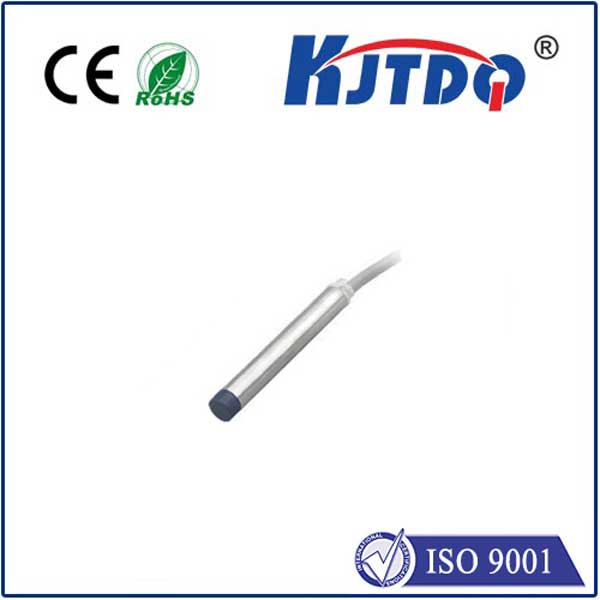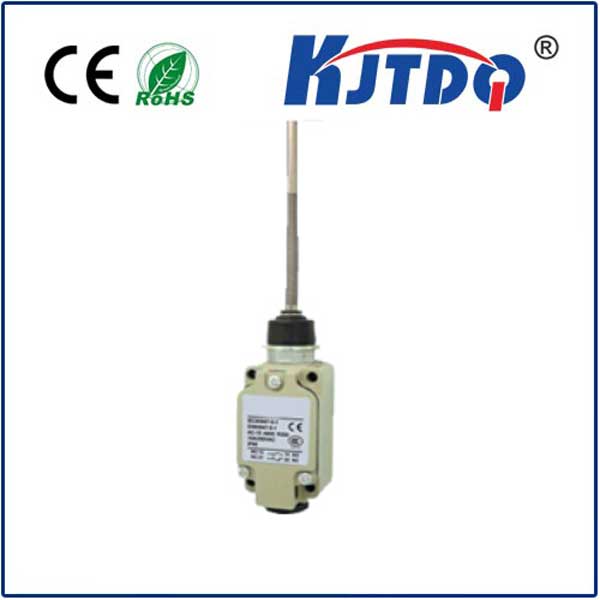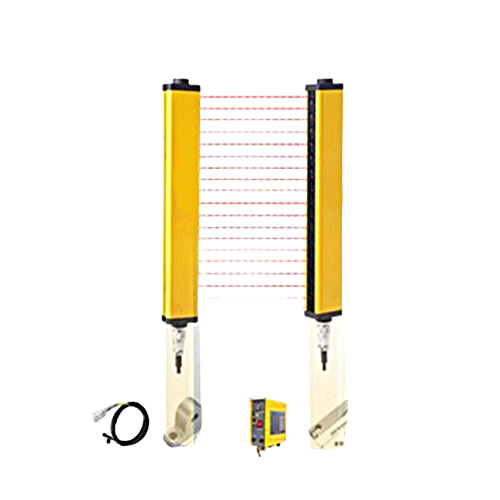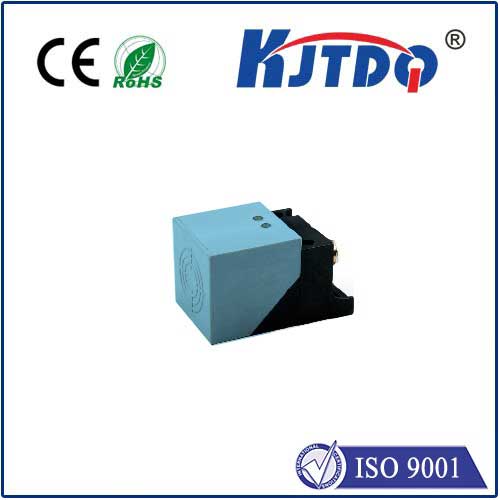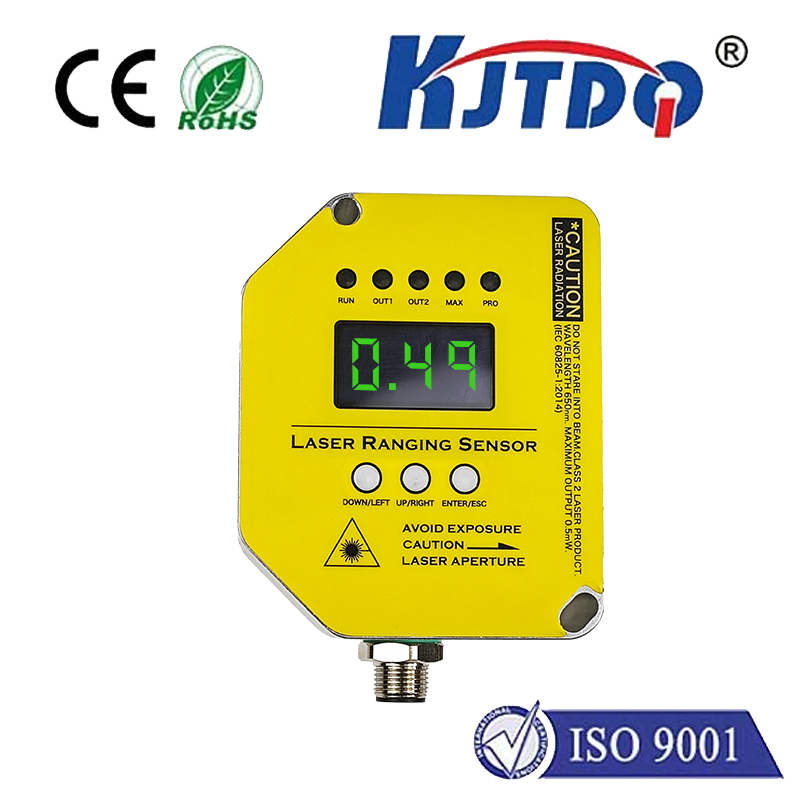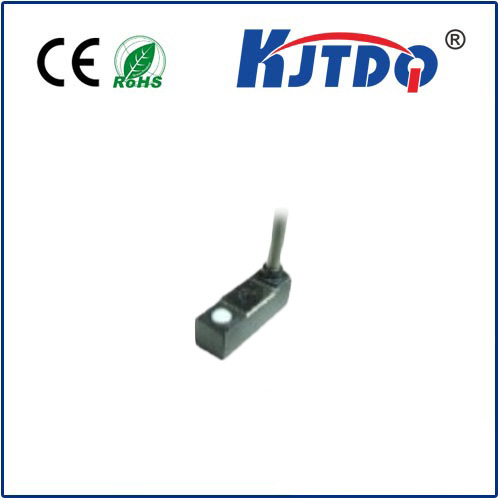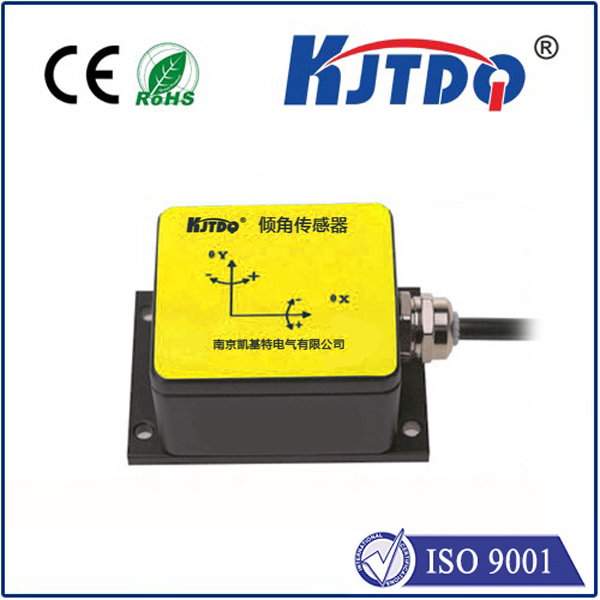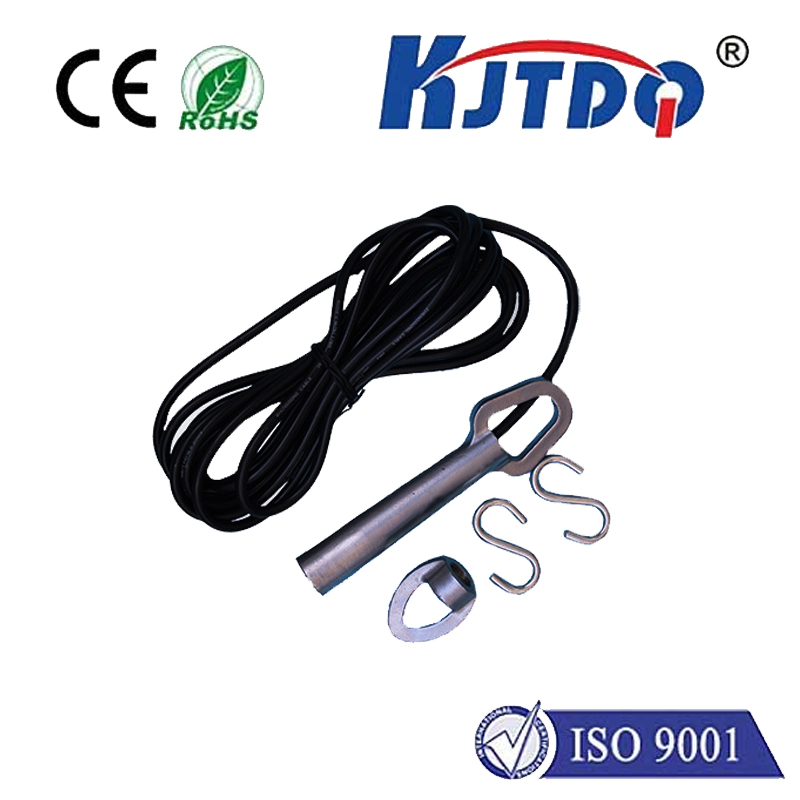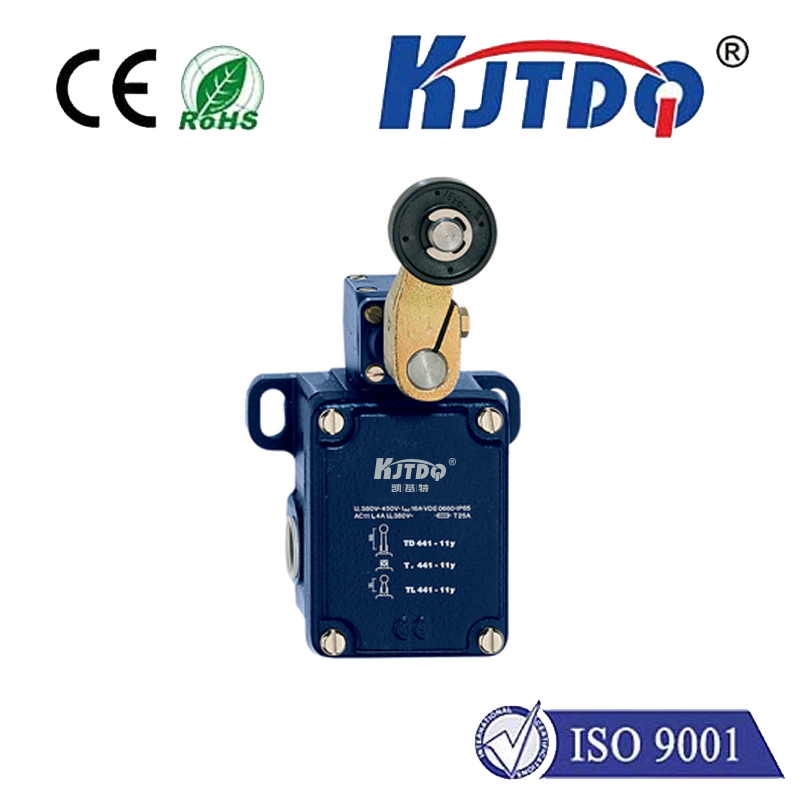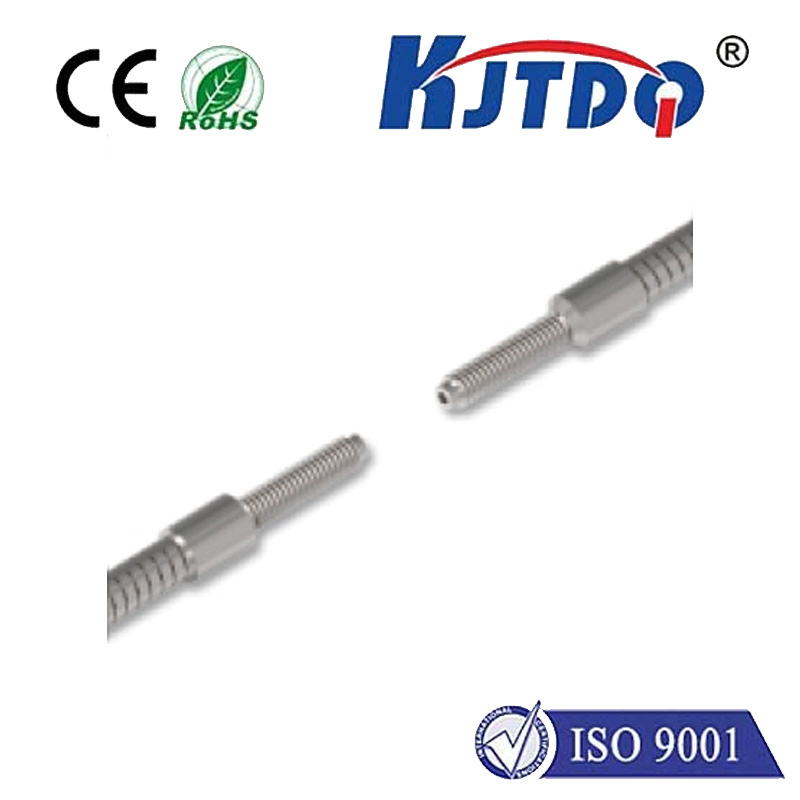индукционный датчик уровня
- time:2025-06-14 03:25:05
- Нажмите:0
Inducing Precision: The Essential Guide to Inductive Level Sensors
Accurate level measurement isn’t just a convenience; it’s a critical pillar of safety, efficiency, and quality control across countless industries. From preventing hazardous overflows in chemical tanks to ensuring consistent recipe proportions in food processing, knowing exactly how much is inside a vessel is paramount. While numerous technologies exist, the индукционный датчик уровня stands out as a robust, reliable, and versatile solution, particularly where traditional methods falter. This guide delves into how these sensors work, their key advantages, and where they shine brightest.
Unveiling the Core Principle: Electromagnetic Detection
At its heart, an индукционный датчик уровня leverages the fundamental laws of electromagnetism. It consists primarily of a sensing probe (often a rod or cable) containing a coil. When an alternating electrical current flows through this coil, it generates a high-frequency electromagnetic field around the probe. This field extends into the surrounding area.
The magic happens when this electromagnetic field interacts with a conductive medium – typically the liquid or bulk solid whose level needs measuring. When the conductive medium enters the sensing field, it induces small, swirling electrical currents within the material itself, known as eddy currents.

The creation of these eddy currents draws energy from the sensor’s electromagnetic field. This energy loss causes a measurable change in the electrical characteristics of the coil within the probe – specifically, a shift in its inductance or oscillation amplitude/damping. Sophisticated electronics within the sensor’s circuitry continuously monitor this change. Crucially, the magnitude of the change corresponds directly to the amount of the conductive medium present within the sensing field, effectively translating this change into a precise level measurement signal (e.g., switch point activation or proportional output).
Why Choose Inductive: The Compelling Advantages
Inductive level sensors offer a distinct set of benefits that make them indispensable in demanding industrial settings:
- The Non-Contact Advantage: The sensing element never physically touches the medium. This eliminates issues like material buildup, coating, mechanical wear, and corrosion that plague float switches or capacitive sensors in sticky or abrasive substances.
- Immune to Harsh Conditions: Built to endure, these sensors excel in environments featuring high temperatures, intense pressures, aggressive chemicals, and viscous materials. Their sealed construction protects internal components.
- Simplicity and Reliability: With no moving parts (unlike floats) or sensitivity to dielectric constant changes (unlike capacitive sensors), inductive sensors boast inherent mechanical robustness and long-term operational reliability, minimizing maintenance downtime.
- Ignoring Dust and Foam: The sensing field penetrates through non-conductive layers. This means dust, vapor, foam, or condensation typically coating the probe usually don’t interfere with the detection of the underlying conductive liquid level.
- Versatility in Measurement: While primarily known for point level detection (high/low alarms), advanced inductive designs can achieve continuous level measurement, offering proportional output signals representing the entire level range within a tank.
- Fast Response Times: Changes in level are detected almost instantaneously thanks to the electronic nature of the sensing principle, enabling rapid process control responses.
Where Inductive Sensors Truly Shine: Key Applications
Given their strengths, inductive level sensors are the preferred choice in numerous challenging scenarios:
- Aggressive Liquid Handling (Chemical & Petrochemical): Monitoring acids, alkalis, solvents, fuels, and oils stored in metal or conductive plastic tanks. Their resistance to corrosion and coating is crucial here.
- Extreme Process Conditions: Applications involving high-pressure steam systems, high-temperature molten materials, or cryogenic liquids where other sensors might fail.
- Handling Viscous & Sticky Media: Measuring levels of syrups, sludges, pastes, adhesives, and resins without risk of sensor fouling or false readings due to buildup.
- Metal Machining & Coolant Management: Detection of conductive coolants and lubricants in CNC machines, central coolant systems, and sumps, often contaminated with metal fines.
- Food & Beverage Production (Selective Use): Ideal for monitoring conductive liquids like brines, syrups, or dairy products in stainless steel tanks, especially where cleaning (CIP/SIP) is frequent. Requires food-grade approvals.
- Bulk Solids in Silos (Limited Conductivity): Detection of conductive or slightly conductive bulk solids like metal powders, certain ores, or carbon granules when used in conjunction with metal chutes or silo walls acting as the target.
Selecting the Right Inductive Sensor: Key Considerations
To maximize performance, consider these factors when specifying an индукционный датчик уровня:
- Medium Conductivity: This is paramount. The sensor must be matched to the minimum conductivity of the medium (often specified in microsiemens per centimeter - µS/cm). Media like demineralized water or certain oils lack sufficient conductivity and require a different technology.
- Process Conditions: Accurately define the operating temperature, pressure range, and chemical compatibility requirements to ensure the sensor’s housing and seals can withstand the environment.
- Vessel Construction: The sensor relies on detecting the conductive medium, not the tank wall. However, highly conductive tank walls can sometimes influence the sensing field. Some sensors offer specific mounting configurations or calibration to mitigate this.
- Required Output: Determine if you need a simple point level switch (SPDT, NPN/PNP transistor) or a continuous level measurement signal (e.g., 4-20mA analog output, IO-Link).
- Installation Constraints: Consider probe length, mounting type (threaded flange, process connection), and available space around the mounting point.
Embracing Precision Without Contact
The индукционный датчик уровня remains a cornerstone technology in the industrial measurement landscape. Its elegant blend of non-contact operation, rugged reliability, and resilience in the face of extreme temperatures, pressures, and challenging media makes it an often irreplaceable solution. For applications demanding robust and dependable detection or measurement of conductive liquids and bulk solids, particularly where other technologies struggle with buildup, wear, or harsh conditions, the inductive principle delivers consistent and trustworthy results. By understanding its core operation, strengths, and optimal applications, engineers and technicians can leverage this versatile sensor to enhance process safety, efficiency, and control.

